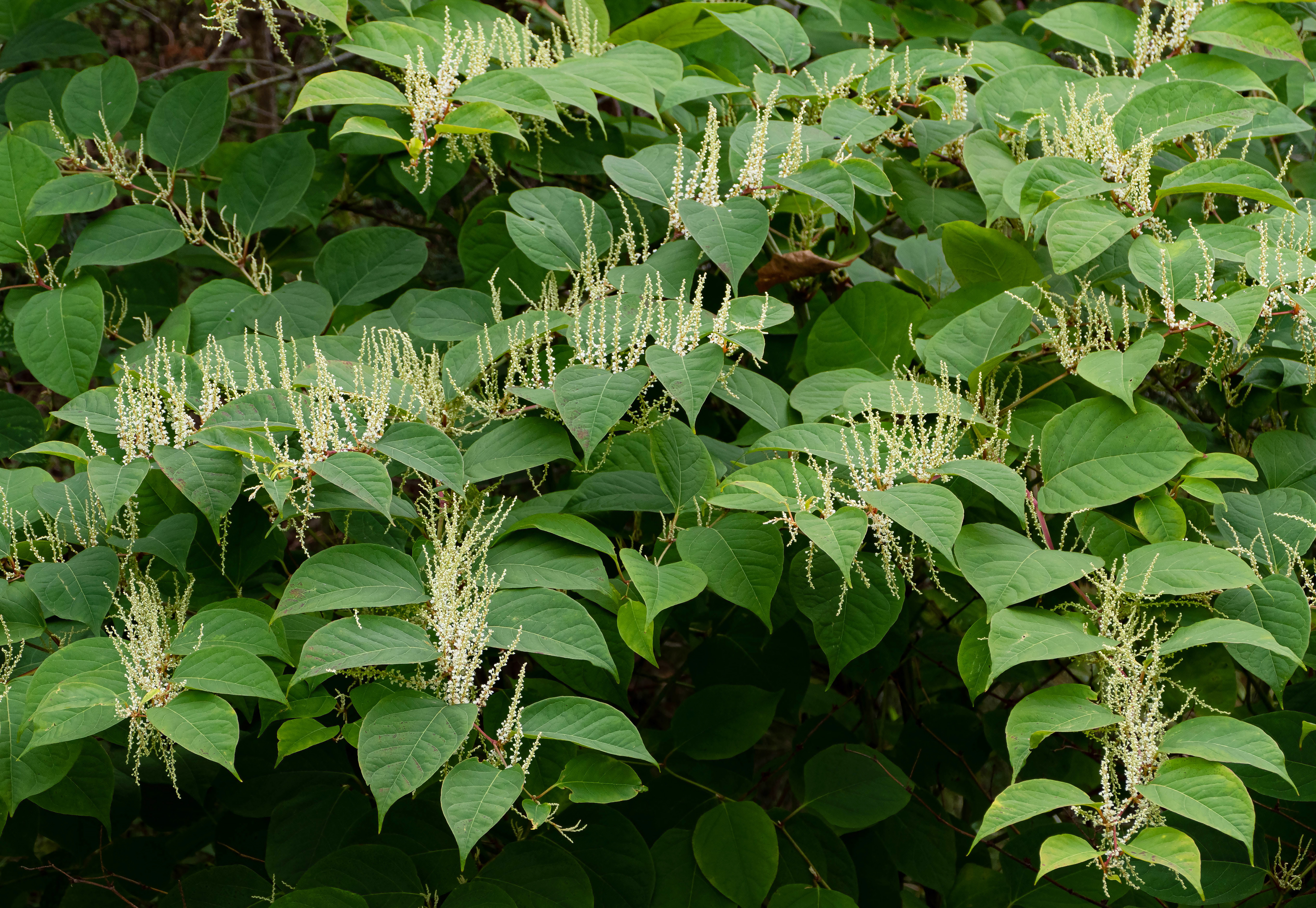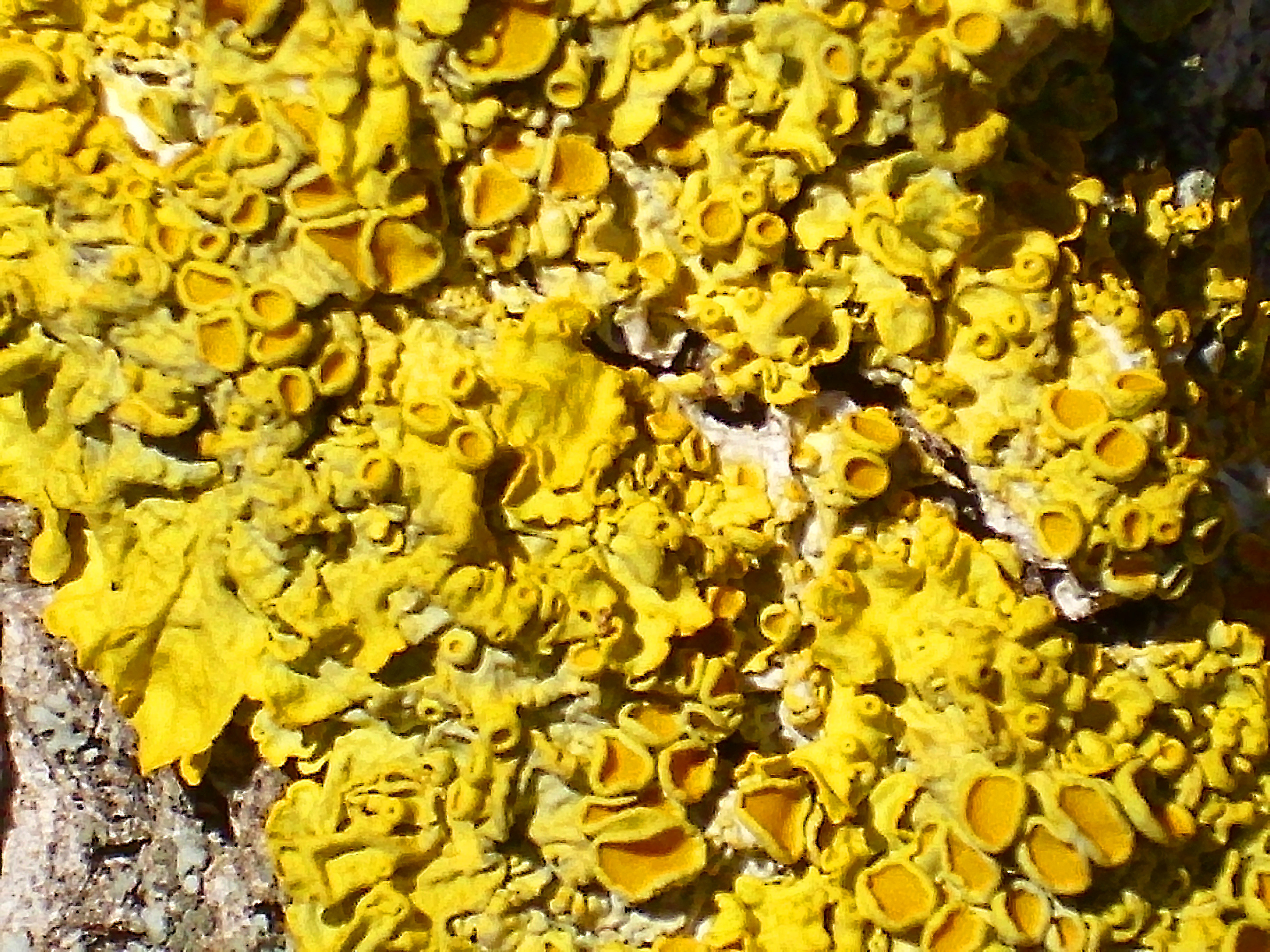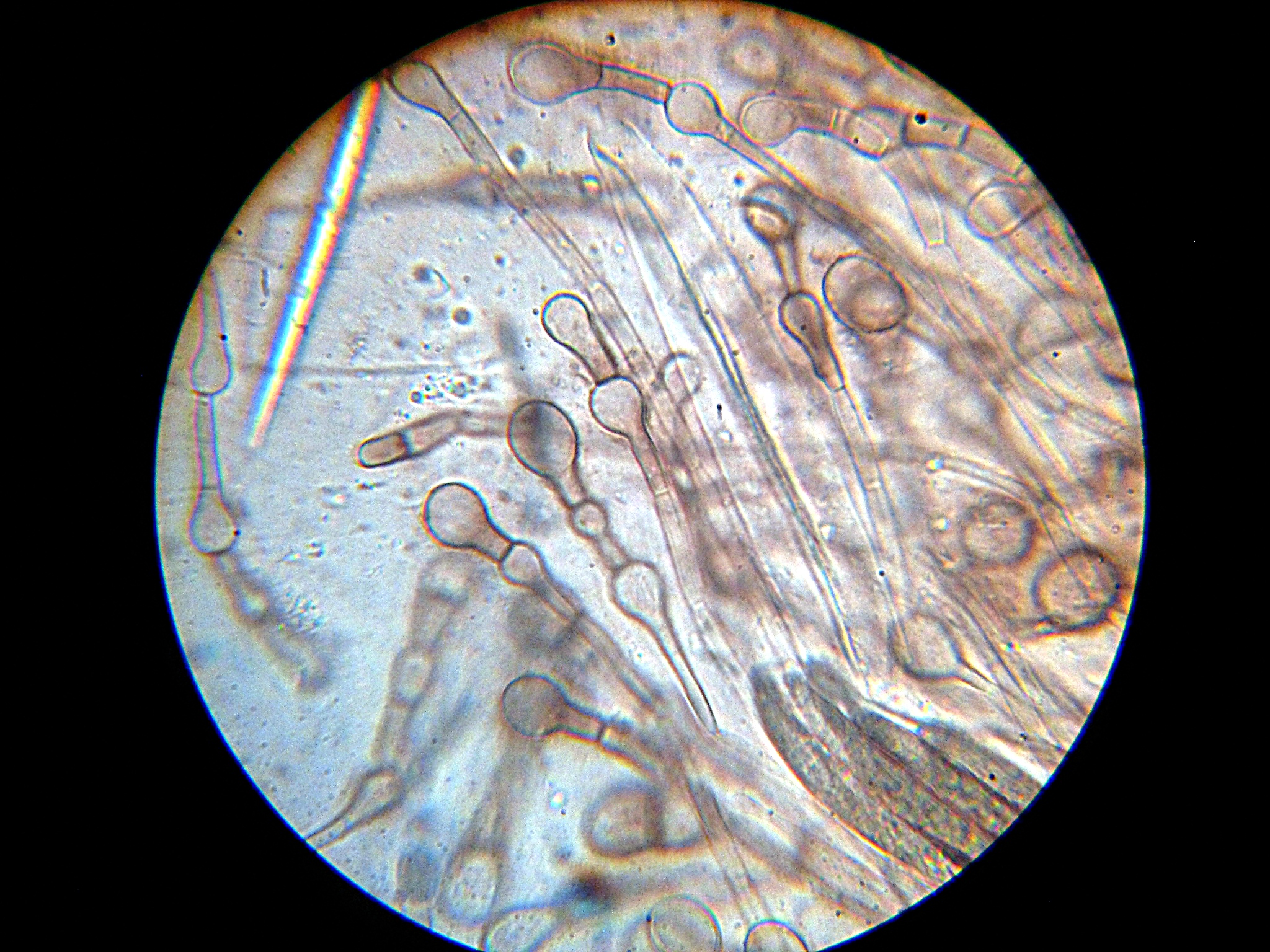|
Filsoniana Kiamae
''Filsoniana kiamae'' is a species of saxicolous (rock-dwelling), crustose lichen in the family Teloschistaceae. It is found in Australia. The lichen forms small rosettes with brownish-orange , and it occasionally develops isidia. Its rare apothecia (fruiting bodies) are round, with brownish-orange margins and a reddish . Taxonomy The lichen was formally described as a new species in 2007 by the lichenologists Sergey Kondratyuk and Ingvar Kärnefelt. The species epithet refers to Kiama township, its type locality. The type specimen was collected by the first author on rock outcrops along the coast. Initially classified in the genus ''Caloplaca'', it has been proposed for inclusion in the genus ''Squamulea'' in 2013, and later transferred by Kondratyuk and colleagues to ''Filsoniana'' in 2013. Description ''Filsoniana kiamae'' typically forms rosettes ranging in size from 3 to 15 mm in diameter. The thallus is often discernible, especially in the peripheral zone, wh ... [...More Info...] [...Related Items...] OR: [Wikipedia] [Google] [Baidu] |
Ingvar Kärnefelt
Jan Eric Ingvar Kärnefelt (born 1944) is a Swedish lichenologist. Early life and education Kärnefelt was born in Gothenburg, Sweden in 1944. His initial goal in his higher-level studies at University of Cologne in 1966–1967 was to become a dentist. He changed courses in 1968, turning instead to biology at the University of Gothenburg in 1968. Gunnar Degelius, his first teacher during undergraduate studies in botany in 1968, inspired him and others. After Degelius' retirement in 1969, Ingvar continued his studies at Lund University, where Hans Runemark held a position in systematic botany. In 1971 he met Ove Almborn, who became his supervisor. In 1979, he defended his thesis titled "The brown fruticose species of ''Cetraria''". The thesis was later awarded a prize for the best doctoral dissertation in botany at Lund University during a 5-year period by the Royal Physiographic Society in Lund. Career Kärnefelt became associate professor at the Department of Systematic Bo ... [...More Info...] [...Related Items...] OR: [Wikipedia] [Google] [Baidu] |
Squamulea
''Squamulea'' is a genus of lichen-forming fungi in the family Teloschistaceae. It has 15 species. The genus was circumscription (taxonomy), circumscribed in 2013 by Ulf Arup, Ulrik Søchting, and Patrik Frödén, with ''Squamulea subsoluta'' assigned as the type species. Five species were included in the original account of the genus. The genus name alludes to the squamulose lichen, squamulose growth form of most of its species. ''Squamulea'' has a worldwide distribution; when the genus was originally created, the centre of distribution was thought to be in southwestern North America. Species *''Squamulea chelonia'' – Galapagos Islands *''Squamulea coreana'' – South Korea *''Squamulea evolutior'' *''Squamulea flakusii'' *''Squamulea galactophylla'' *''Squamulea humboldtiana'' – Galapagos Islands *''Squamulea loekoesiana'' *''Squamulea micromera'' *''Squamulea nesodes'' *''Squamulea oceanica'' – Galapagos Islands *''Squamulea osseophila'' – Galapagos Islands ... [...More Info...] [...Related Items...] OR: [Wikipedia] [Google] [Baidu] |
Granite
Granite () is a coarse-grained (phaneritic) intrusive igneous rock composed mostly of quartz, alkali feldspar, and plagioclase. It forms from magma with a high content of silica and alkali metal oxides that slowly cools and solidifies underground. It is common in the continental crust of Earth, where it is found in igneous intrusions. These range in size from dikes only a few centimeters across to batholiths exposed over hundreds of square kilometers. Granite is typical of a larger family of ''granitic rocks'', or ''granitoids'', that are composed mostly of coarse-grained quartz and feldspars in varying proportions. These rocks are classified by the relative percentages of quartz, alkali feldspar, and plagioclase (the QAPF classification), with true granite representing granitic rocks rich in quartz and alkali feldspar. Most granitic rocks also contain mica or amphibole minerals, though a few (known as leucogranites) contain almost no dark minerals. Granite is nearly alway ... [...More Info...] [...Related Items...] OR: [Wikipedia] [Google] [Baidu] |
Teloschistin
Fallacinol (teloschistin) is an organic compound in the structural class of chemicals known as anthraquinones. It is found in some lichens, particularly in the family Teloschistaceae, as well as a couple of plants and non lichen-forming fungi. In 1936, Japanese chemists isolated a pigment named fallacin from the lichen ''Oxneria fallax'', which was later refined and assigned a tentative structural formula; by 1949, Indian chemists had isolated a substance from ''Teloschistes flavicans'' with an identical structural formula to fallacin. Later research further separated fallacin into two distinct pigments, fallacin-A (later called fallacinal) and fallacin-B (fallacinol). The latter compound is also known as teloschistin due to its structural match with the substance isolated earlier. History In 1936, Japanese chemists Mitizo Asano and Sinobu Fuziwara reported on their chemical investigations into the colour pigments of the lichen ''Xanthoria fallax'' (now known as ''Oxneria fallax'' ... [...More Info...] [...Related Items...] OR: [Wikipedia] [Google] [Baidu] |
Parietinic Acid
Parietinic acid is an organic compound in the structural class of chemicals known as anthraquinones. It is found in many species of the lichen family Teloschistaceae. The substance was first reported in the literature by the German chemist Walter Eschrich in 1958. Occurrence Originally isolated from the lichen ''Xanthoria parietina'', it has since been identified in many lichens of the family Teloschistaceae. In 1970, Johan Santesson proposed a possible biogenetic relationship between the anthraqunone compounds commonly found in ''Caloplaca''. According to this scheme, emodin is methylated to give parietin, which then undergoes three successive oxidations, sequentially forming fallacinol, fallacinal, and then parietinic acid. A is a set of biosynthetically related compounds produced by a lichen. In 2002, Ulrik Søchting and Patrik Frödén identified chemosyndrome A, the most common chemosyndrome in the genus ''Teloschistes'' and in the entire family Teloschistaceae, whic ... [...More Info...] [...Related Items...] OR: [Wikipedia] [Google] [Baidu] |
Fallacinal
Fallacinal is an organic compound in the structural class of chemicals known as anthraquinones. It is found in many species of the lichen family Teloschistaceae. History In 1936, Japanese chemists Mitizo Asano and Sinobu Fuziwara reported on their investigations into the colour pigments of the lichen ''Xanthoria fallax'' (now known as ''Oxneria fallax''), found growing on the bark of mulberry trees. They isolated a biological pigment, pigment they named fallacin. A few years later Asano and Yosio Arata further purified the crude material from this lichen, ultimately obtaining an orange-yellow compound with a molecular formula of C16H12O6. Using information from additional chemical tests, they proposed a tentative structural formula for fallacin. In 1949, T. R. Seshadri and S. Subramanian described their work with the Indian lichen ''Teloschistes flavicans'', in which they isolated an orange substance they named teloschistin, and which had a structural formula identical to that of ... [...More Info...] [...Related Items...] OR: [Wikipedia] [Google] [Baidu] |
Lichen Product
Lichen products, also known as lichen substances, are organic compounds produced by a lichen. Specifically, they are secondary metabolites. Lichen products are represented in several different chemical classes, including terpenoids, orcinol derivatives, chromones, xanthones, depsides, and depsidones. Over 800 lichen products of known chemical structure have been reported in the scientific literature, and most of these compound are exclusively found in lichens. Examples of lichen products include usnic acid (a dibenzofuran), atranorin (a depside), lichexanthone (a xanthone), salazinic acid (a depsidone), and isolichenan, an α-glucan. Many lichen products have biological activity, and research into these effects is ongoing. Lichen products accumulate on the outer walls of the fungal hyphae, and are quite stable. Crystal deposits can be visualised using scanning electron microscopy. For this reason, even very old herbarium specimens can be analysed. The amount of lichen products i ... [...More Info...] [...Related Items...] OR: [Wikipedia] [Google] [Baidu] |
Parietin
Parietin is the predominant cortical pigment of lichens in the genus '' Caloplaca'', a secondary product of the lichen ''Xanthoria parietina'', and a pigment found in the roots of Curled Dock (''Rumex crispus''). It has an orangy-yellow color and absorbs blue light. It is also known as physcion. It has also been shown to protect lichens against UV-B light, at high altitudes in Alpine regions. The UV-B light stimulates production of parietin and the parietin protects the lichens from damage. Lichens in arctic regions such as Svarlbard retain this capability though they do not encounter damaging levels of UV-B, a capability that could help protect the lichens in case of Ozone layer thinning. It has also shown anti-fungal activity against barley powdery mildew and cucumber powdery mildew, more efficiently in the latter case than treatments with fenarimol and polyoxin B. It reacts with KOH to form a deep, reddish-magenta compound. Effect on human cancer cells Also found in rhu ... [...More Info...] [...Related Items...] OR: [Wikipedia] [Google] [Baidu] |
Septum
In biology, a septum (Latin for ''something that encloses''; plural septa) is a wall, dividing a cavity or structure into smaller ones. A cavity or structure divided in this way may be referred to as septate. Examples Human anatomy * Interatrial septum, the wall of tissue that is a sectional part of the left and right atria of the heart * Interventricular septum, the wall separating the left and right ventricles of the heart * Lingual septum, a vertical layer of fibrous tissue that separates the halves of the tongue. *Nasal septum: the cartilage wall separating the nostrils of the nose * Alveolar septum: the thin wall which separates the alveoli from each other in the lungs * Orbital septum, a palpebral ligament in the upper and lower eyelids * Septum pellucidum or septum lucidum, a thin structure separating two fluid pockets in the brain * Uterine septum, a malformation of the uterus * Vaginal septum, a lateral or transverse partition inside the vagina * Intermuscular sep ... [...More Info...] [...Related Items...] OR: [Wikipedia] [Google] [Baidu] |
Paraphyses
Paraphyses are erect sterile filament-like support structures occurring among the reproductive apparatuses of fungi, ferns, bryophytes and some thallophytes. The singular form of the word is paraphysis. In certain fungi, they are part of the fertile spore-bearing layer. More specifically, paraphyses are sterile filamentous hyphal end cells composing part of the hymenium of Ascomycota and Basidiomycota interspersed among either the asci or basidia respectively, and not sufficiently differentiated to be called cystidia A cystidium (plural cystidia) is a relatively large cell found on the sporocarp of a basidiomycete (for example, on the surface of a mushroom gill), often between clusters of basidia. Since cystidia have highly varied and distinct shapes that ar ..., which are specialized, swollen, often protruding cells. The tips of paraphyses may contain the pigments which colour the hymenium. In ferns and mosses, they are filament-like structures that are found on sporangia ... [...More Info...] [...Related Items...] OR: [Wikipedia] [Google] [Baidu] |
Hymenium
The hymenium is the tissue layer on the hymenophore of a fungal fruiting body where the cells develop into basidia or asci, which produce spores. In some species all of the cells of the hymenium develop into basidia or asci, while in others some cells develop into sterile cells called cystidia (basidiomycetes) or paraphyses (ascomycetes). Cystidia are often important for microscopic identification. The subhymenium consists of the supportive hyphae from which the cells of the hymenium grow, beneath which is the hymenophoral trama, the hyphae that make up the mass of the hymenophore. The position of the hymenium is traditionally the first characteristic used in the classification and identification of mushrooms. Below are some examples of the diverse types which exist among the macroscopic Basidiomycota and Ascomycota. * In agarics, the hymenium is on the vertical faces of the gills. * In boletes and polypores, it is in a spongy mass of downward-pointing tubes. * In puffballs, ... [...More Info...] [...Related Items...] OR: [Wikipedia] [Google] [Baidu] |
Sessility (botany)
In botany, sessility (meaning "sitting", used in the sense of "resting on the surface") is a characteristic of plant parts (such as flowers and leaves) that have no stalk. Plant parts can also be described as subsessile, that is, not completely sessile. A sessile flower is one that lacks a pedicel (flower stalk). A flower that is not sessile is pedicellate. For example, the genus ''Trillium'' is partitioned into two subgenera, the sessile-flowered trilliums (''Trillium'' subg. ''Sessilium'') and the pedicellate-flowered trilliums. Sessile leaves lack petioles (leaf stalks). A leaf that is not sessile is petiolate. For example, the leaves of most monocotyledons lack petioles. The term sessility is also used in mycology to describe a fungal fruit body that is attached to or seated directly on the surface of the substrate, lacking a supporting stipe or pedicel Pedicle or pedicel may refer to: Human anatomy *Pedicle of vertebral arch, the segment between the transvers ... [...More Info...] [...Related Items...] OR: [Wikipedia] [Google] [Baidu] |



